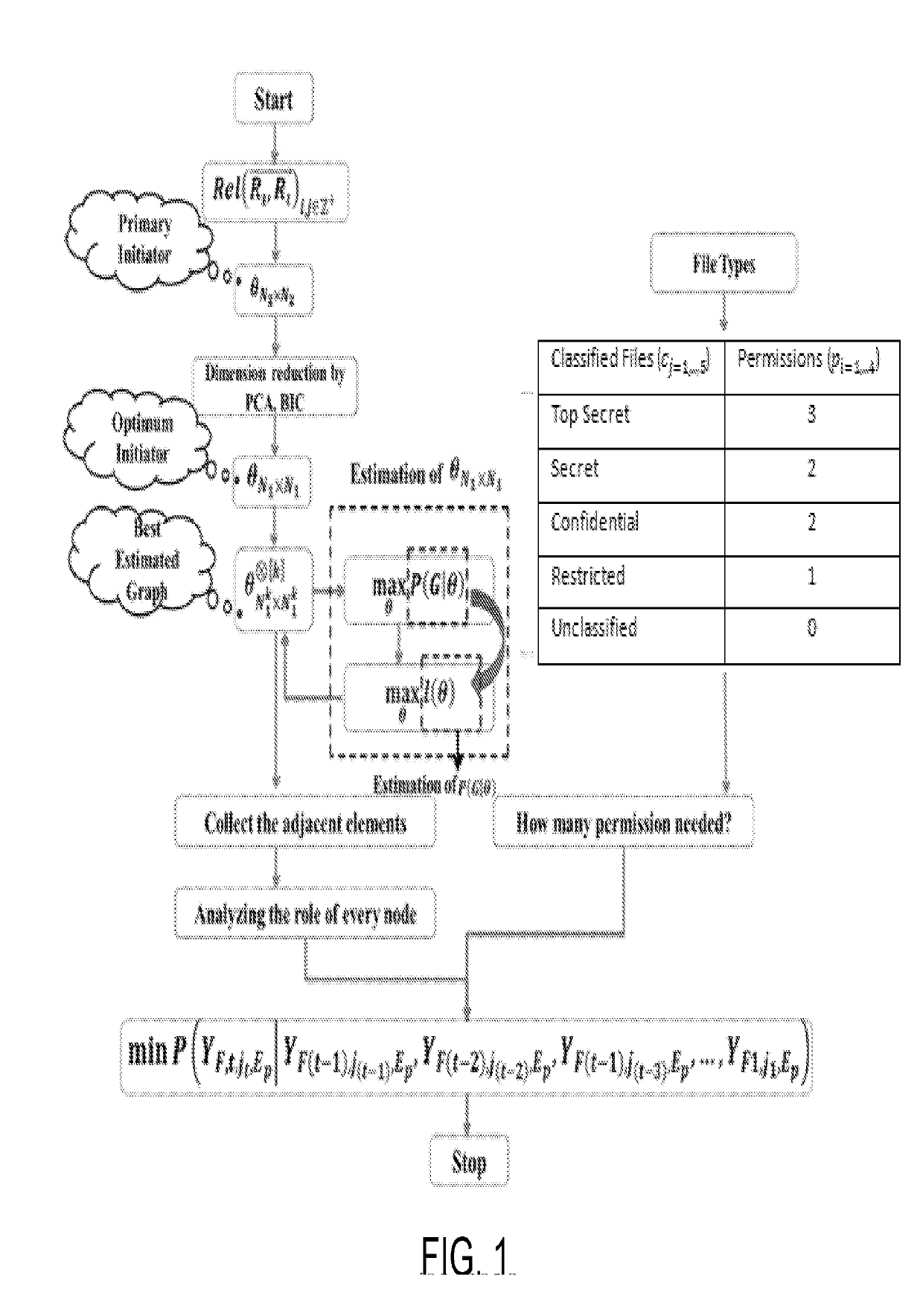Multi-user permission strategy to access sensitive information
a multi-user, sensitive information technology, applied in the direction of digital data authentication, instruments, computing, etc., can solve the problems of increasing the level of intellectual property theft, data breach, and access privilege misuse by hostile, oblivious, rogue and pseudo-insiders
- Summary
- Abstract
- Description
- Claims
- Application Information
AI Technical Summary
Benefits of technology
Problems solved by technology
Method used
Image
Examples
Embodiment Construction
[0005]In various exemplary embodiments, the present inventions comprises a system and related methods for providing greater security and control over access to classified files and documents and other forms of sensitive information based upon a multi-user permission strategy centering on organizational structure. Based on the sensitivity or classification of the information being requested by a user, approvers are selected dynamically based on the work environment (e.g., mobility, use of the computing device seeking access, access policy, and the like).
[0006]The present invention first generates an access control graph for a subject organization, based on the interrelationship among employees and their roles in an organization. It then generates a set of permission grantees, who are allowed to approve the access request of a particular user at a given time. As seen in FIG. 1, the system does this by finding a set of possible approvers for a user file access request based on potentia...
PUM
 Login to View More
Login to View More Abstract
Description
Claims
Application Information
 Login to View More
Login to View More - R&D
- Intellectual Property
- Life Sciences
- Materials
- Tech Scout
- Unparalleled Data Quality
- Higher Quality Content
- 60% Fewer Hallucinations
Browse by: Latest US Patents, China's latest patents, Technical Efficacy Thesaurus, Application Domain, Technology Topic, Popular Technical Reports.
© 2025 PatSnap. All rights reserved.Legal|Privacy policy|Modern Slavery Act Transparency Statement|Sitemap|About US| Contact US: help@patsnap.com

